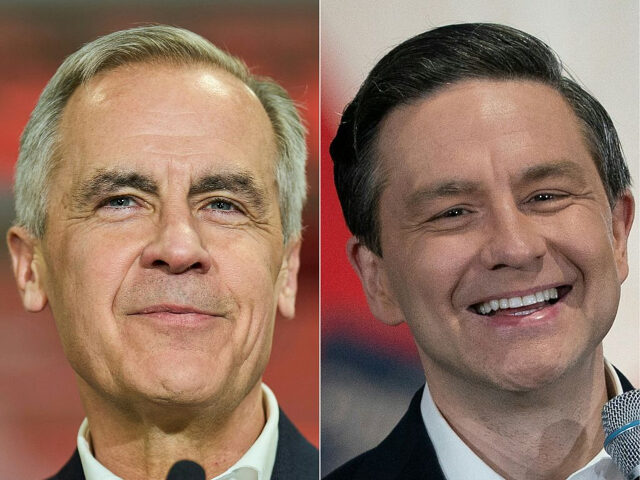
Earlier today I came across these opening lines in an article at Vox.
Joe Biden is very old. He was born closer to the Battle of Gettysburg than the 2024 election. He was an adult before the JFK assassination and a senator before the fall of Saigon. And it shows.
After rambling on for several thousand words, Vox concludes that Biden needs to stick it out rather than resign. But the line about the Battle of Gettysburg really got me thinking. Just how old is Joe Biden?
Of course we all know he's 81 now. He was born November 20, 1942. But what does that mean in terms of the world he was born into compared to the one we're in today. It got me thinking about things that didn't exist when Joe Biden was born and I quickly came up with a list. Some of these may surprise you.
The Slinky - Yes, that springy toy that you probably had as a kid even if, like me, you were a kid in the 1970s. The Slinky was invented in 1943, a year after Biden was born though sales didn't take off until 1945. This jingle was drilled into my head as a child.The first successful use of pure penicillin was in 1942 when Fleming cured Harry Lambert of an infection of the nervous system (streptococcal meningitis) which would otherwise have been fatal. By that time the Oxford team could produce only a small amount. Florey willingly gave the only available sample to Fleming. Lambert showed improvement from the very next day of the treatment, and was completely cured within a week. Fleming published his clinical trial in The Lancet in 1943. Following the medical breakthrough the British War Cabinet set up the Penicillin Committee on 5 April 1943 that led to projects for mass production.
On March 14, 1942, the first patient was treated for streptococcal sepsis with US-made penicillin produced by Merck & Co. Half of the total supply produced at the time was used on that one patient, Anne Miller. By June 1942, just enough US penicillin was available to treat ten patients. In July
Tupper started marketing his products as giveaways with cigarettes. Eventually they made it into department stores. He even opened a showroom on Fifth Avenue in New York. His Tupperware "wonderbowl" — with its patented burping seal — won design prizes. He advertised widely. But he wasn't doing very well financially.
The person who transformed Tupperware into a marketing empire was Brownie Wise — a single mother with no formal business training. She had started selling huge quantities of Tupperware at home parties, and when Earl Tupper noticed the sales figures in 1951, he invited her to visit Massachusetts. The result: he decided to sell Tupperware exclusively through home parties and to make Wise his company's vice president and head of all sales. While he continued to invent and produce Tupperware in Massachusetts, Wise became the boss at Tupperware Home Partis Inc. in Florida.
The vacuum tube, used to amplify music and voice, made long-distance calling practical, but the tubes consumed power, created heat and burned out rapidly, requiring high maintenance.
The team's research was about to come to a fruitless end when the last attempt to try a purer substance as a contact point lead to the invention of the first "point-contact" transistor amplifier. Walter Brattain and John Bardeen were the ones who built the point-contact transistor, made of two gold foil contacts sitting on a germanium crystal.
They won the Nobel Prize in Physics in 1956.
Civil aviation remained dominated by large propeller driven aircraft until 1949 when de Havilland introduced the world to the age of the jet airliner. Sir Geoffrey de Havilland conceived the idea of the DH106 ‘Comet’ in 1943 and design work began in September 1946. The prototype first flew on 27 July 1949.
Invented in 1950, the Diners Club card is known as the first modern-day credit card. The idea came from Frank McNamara, a businessman who’d forgotten his wallet while out to dinner in New York. He and his business partner, Ralph Schneider, would soon invent the Diners Club card as a way to pay without carrying cash.
The Diners Club card was first used only in local restaurants before expanding to include additional retailers. The new charge card required customers to pay the balance in full at the end of every month.
By 1951, the Diners Club boasted 42,000 members and had expanded to major U.S. cities. By 1953, it was accepted in Canada, Cuba, Mexico and the United Kingdom.
De Mestral's idea was met with resistance and even laughter, but the inventor was undeterred. He worked with a weaver from a textile plant in France to perfect a fastener by experimenting with materials that would hook and loop in a similar manner. Through trial and error, he realized that nylon when sewn under infrared light formed tough hooks for the burr side of the fastener. The discovery led to a completed design that he patented in 1955.
He would eventually form Velcro Industries to manufacture and distribute his invention. In the 1960s, Velcro fasteners made its way to outer space as Apollo astronauts wore them to keep items like pens and equipment from floating away while in zero-gravity. In time, the product became kind of a household name as companies like Puma used them in shoes to replace laces. Shoe makers Adidas and Reebok would soon follow. During de Mastral’s lifetime, his company sold an average of over 60 million yards of Velcro per year.
There are many other common things which could be included on this list, everything from Superglue to lasers to transistor radios to solar cells to McDonalds restaurants. But I think the point is made. Joe Biden is really, really old.

